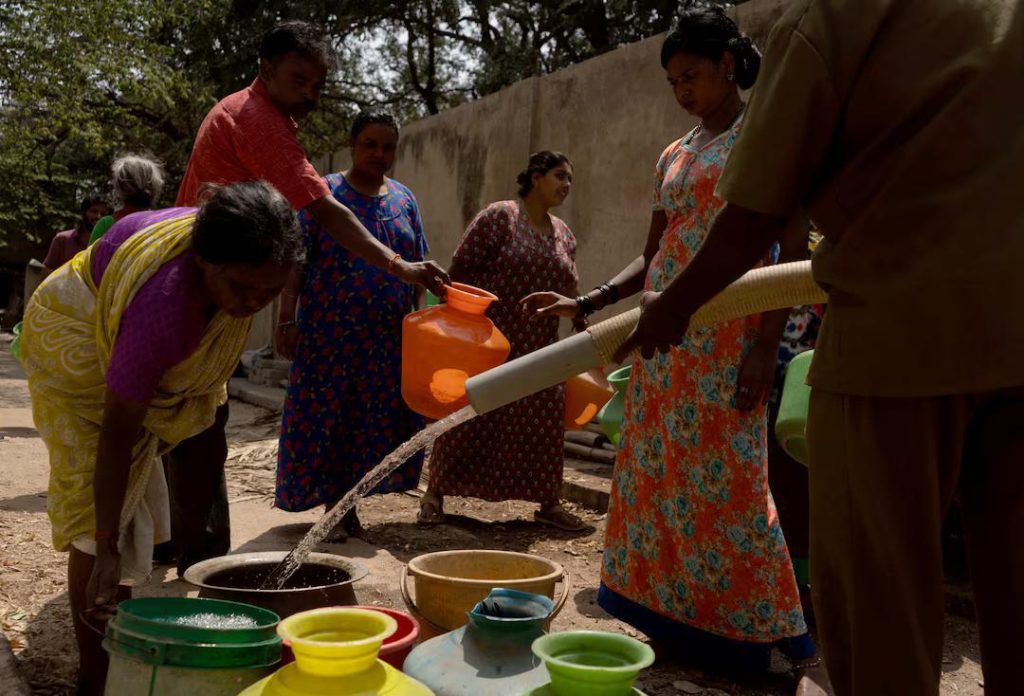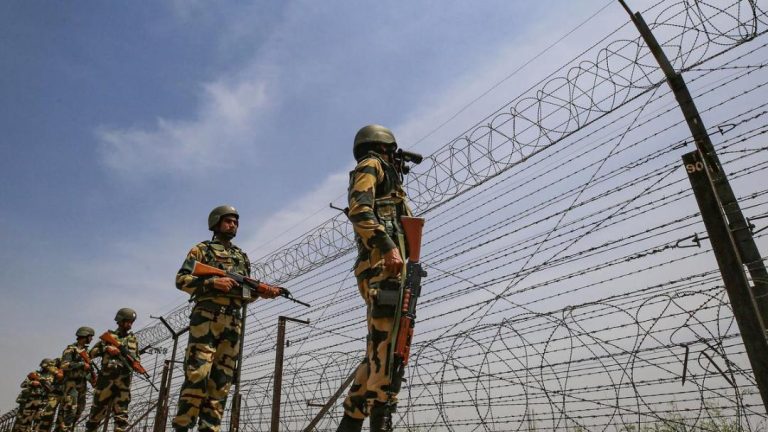
Kerala Faces Acute Water Stress in 12% of Wards in Summer: Study
As the mercury rises in Kerala, the state is grappling with a severe water crisis. A recent study has revealed that 12% of wards in Kerala face acute water stress during the summer months of March-May. The study, which is the first of its kind, highlights the alarming situation and emphasizes the need for immediate action to address the crisis.
The study, conducted by a team of researchers from the Indian Institute of Science (IISc), Bengaluru, and the Centre for Water Resources Development and Management (CWRDM), Kozhikode, analyzed the water situation in 141 wards across 14 districts in Kerala. The results are a cause for concern, as the study shows that wards in Thiruvananthapuram, Kozhikode, and Pathanamthitta are among the worst affected.
Erratic Rainfall, Rising Salinity, and Drying Water Sources: The Culprits
The researchers attributed the acute water stress to a combination of factors, including erratic rainfall patterns, rising salinity, and drying up of water sources. The state’s reliance on rainfall for its water needs has been disrupted due to climate change, leading to unpredictable rainfall patterns. This has resulted in a shortage of water during the dry months, making it difficult for the state to meet its water requirements.
Another major factor contributing to the water crisis is the rising salinity of water sources. The state’s water sources, including rivers, lakes, and reservoirs, are being contaminated by saltwater intrusion due to sea level rise and coastal erosion. This has rendered many of these sources unusable for drinking water and other domestic purposes.
The drying up of water sources is another major concern. The study found that many of the state’s water sources, including springs and wells, have dried up due to over-extraction of groundwater and climate change-induced droughts. This has forced people to rely on alternative sources, such as borewells and tankers, which are often expensive and unsustainable.
Marked Increase in Daily Water Consumption
The study also highlighted a marked increase in daily water consumption in Kerala. The state’s population has been growing rapidly, and with it, the demand for water has increased. The study found that the average daily water consumption per capita in Kerala has increased by 20% over the past decade, from 120 liters to 144 liters. This surge in demand has put additional pressure on the state’s water resources, exacerbating the water crisis.
Shortage of Reliable Water Sources
The study also revealed a shortage of reliable water sources in the state. Many of the state’s water sources are untreated, and the few that are treated are often contaminated with bacteria, viruses, and other pollutants. This has led to a lack of confidence in the state’s water supply, forcing people to rely on alternative sources, such as bottled water and tankers.
The Impact on Public Health
The water crisis in Kerala has severe implications for public health. The lack of access to safe and clean water has led to an increase in waterborne diseases, such as cholera, typhoid, and diarrhea. The study found that the water crisis has also led to an increase in the incidence of skin diseases, respiratory problems, and other health issues.
Conclusion
The study highlights the urgent need for immediate action to address the water crisis in Kerala. The state government must take concrete steps to mitigate the crisis, including increasing the efficiency of water distribution networks, improving water treatment facilities, and promoting water conservation measures.
The study also emphasizes the need for a comprehensive approach to address the water crisis, involving both the state government and civil society. The state government must work with local communities, NGOs, and other stakeholders to develop and implement effective solutions to the water crisis.
Source:
https://indianexpress.com/article/india/kerala-water-stress-summers-acute-crisis-study-9912885/lite/
Note: The study is available online and can be accessed through the Indian Institute of Science (IISc) website.



